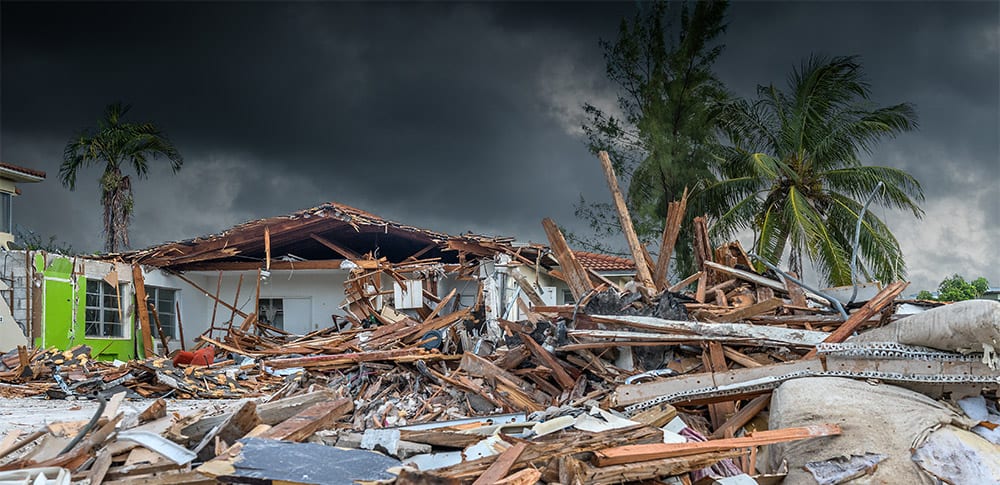Hurricane Dorian Challenges Us to Rethink Preparation and Response

Dorian’s winds take damage to a whole new level.
Hurricane Dorian smashed into the Bahamas with sustained winds of 185 mph and gusts of 220 mph.
In an article by Jim McKay on Government Technology’s Emergency Management website, Jared Moskowitz, director of the Florida Division of Emergency Management was quoted as saying, “Whatever the building code is in the state of Florida — and we have the best building code in the country — it was not built for Hurricane Dorian.”
Nor are Florida’s standards designed for two 2017 storms. Hurricane Irma achieved 180 mph wind speeds, and Hurricane Maria touched 175 mph.
If these wind levels continue in future hurricanes, much of the effort that communities have spent into disaster resilience and response will be ineffective in protecting lives and limiting damage.
Among the challenge’s planners face will be the decision to evacuate hospitals, nursing homes, and at-risk homebound patients instead of having them shelter in place.
But with storms the size of Dorian, Katrina, and superstorm Sandy, the pool of available ambulances would be insufficient to handle the increased patient transport requirements. Mutual aid agreements would not provide much help as other communities will be attempting their own evacuations.
Many communities in areas where hurricanes and severe storms are prevalent have already added one or more AmbuBus Conversion Kits to their disaster response capabilities.
By permanently installing an AmbuBus Conversion Kit into an available school or metro bus, they have a ready-to-roll vehicle that can transport between 12 and 24 supine patients or a mix of supine and wheelchair bound individuals.
Many of these communities stock additional AmbuBus Conversion Kits and temporarily install them in vehicles when there is advance warning of an impending storm.
An AmbuBus has another critical advantage over ambulances in floods and hurricanes. A standard school bus has much higher clearance than an ambulance and can drive through a higher level of standing water than an ambulance.
Download the AmbuBus brochure with complete information on configuration, pricing, installation, and operation.




